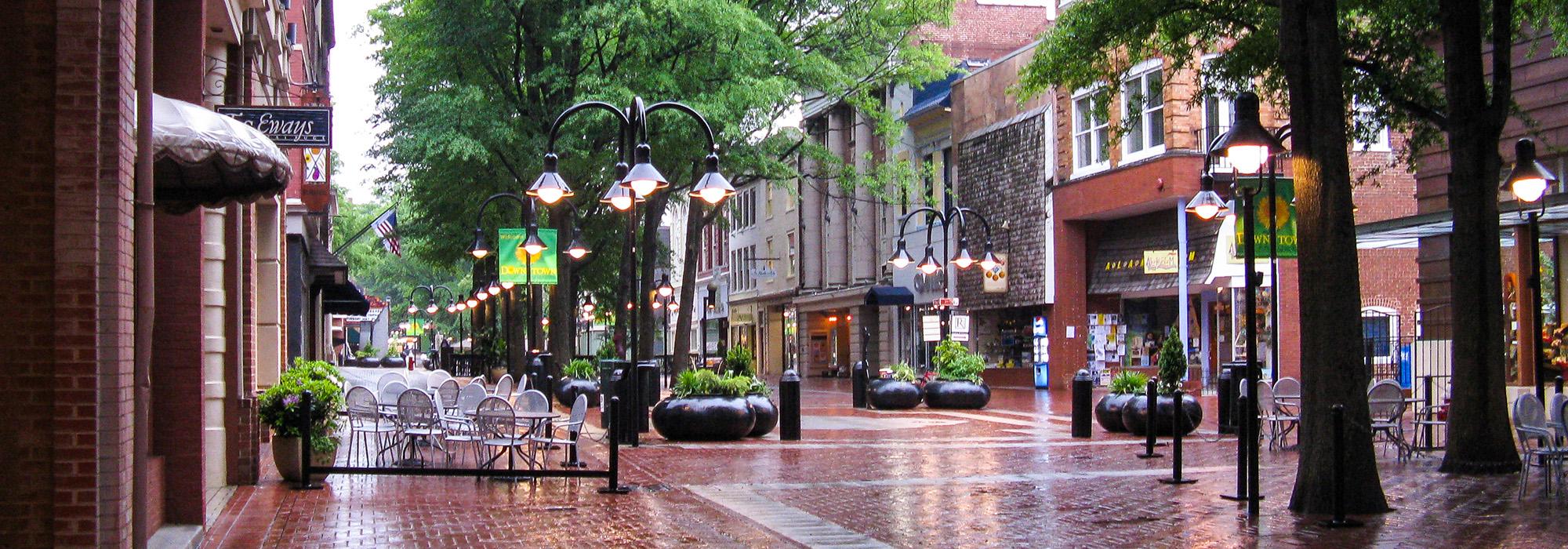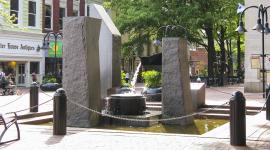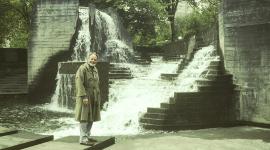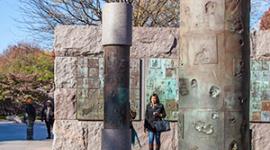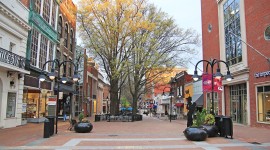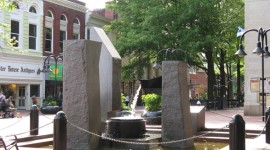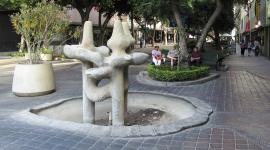Landslide Update: Charlottesville Mall
Opened in 1976 along the city’s historic Main Street, the Charlottesville Mall, designed by Lawrence Halprin & Associates, is a beloved and lively pedestrian thoroughfare characterized by subtle, innovative design solutions that encourage relaxation, reflection, and interaction. This month, the eight-block-long by 60-foot-wide street was added to the Virginia Landmarks Register as the Downtown Mall Historic District.
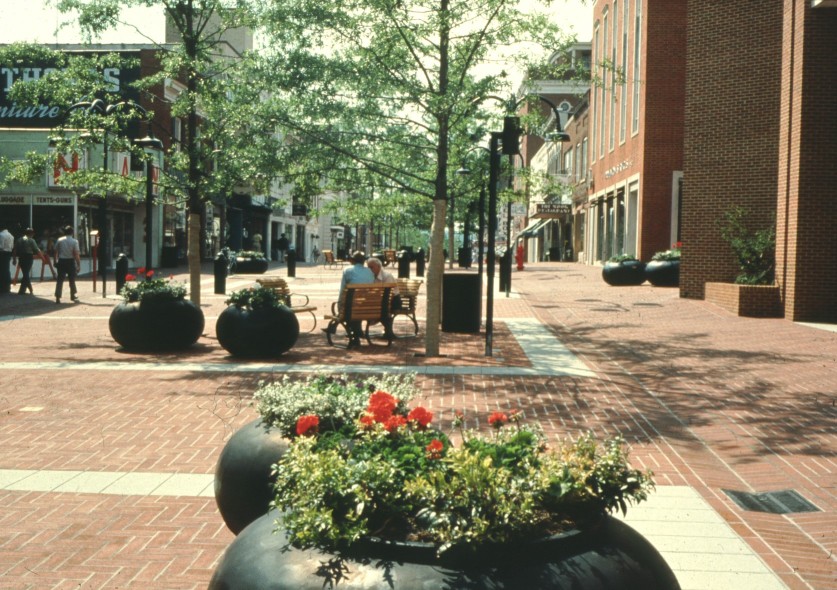
The Mall is the sole surviving project by Lawrence Halprin in the state of Virginia and demonstrates the continued success of one of Halprin’s signature processes: extensive public workshops. Lined by shops, restaurants, and theaters, shaded by willow oaks, and embellished with small-scale fountains and moveable seating, the Mall revitalized Charlottesville’s downtown and continues to be the beating heart of the historic city. Although the site survived through the end of the twentieth century, at a time when many pedestrian malls from the same period were being demolished, The Cultural Landscape Foundation (TCLF) added the Mall to its Landslide list of at-risk landscapes in 2008, citing years of deferred maintenance. TCLF also addressed concerns over “cosmetic upgrades” proposed by a master plan completed by WRT Design in 2005 and implemented beginning in 2007 by MMM Design Group.
In Fall of 2008, students and faculty from the University of Virginia’s departments of architectural history and landscape architecture, led by Professor Elizabeth K. (Beth) Meyer, began researching and documenting the Mall. Their findings, including information from interviews conducted with Dean Abbott, who worked on the project in the office of Lawrence Halprin & Associates, were compiled in a small publication issued in 2009. Their work went on to garner accolades from the Virginia Chapter American Society of Landscape Architects and the National Endowment for the Arts and influenced some factors in the Mall’s rehabilitation, including the conservation of the Mall’s historic brick paving.
This month’s recognition by the Virginia Board of Historic Resources notes that of the more than 200 streets around the United States that were pedestrianized between 1960 and 1980, the Charlottesville Mall is one of only approximately 30 that remain pedestrian-only. That it continues to be an active commercial and cultural corridor within the historic downtown core is a testament to the design process and principles championed by Halprin. More on the history and significance of the Charlottesville Mall can be found in TCLF’s 2016 report and exhibition, The Landscape Architecture of Lawrence Halprin.



